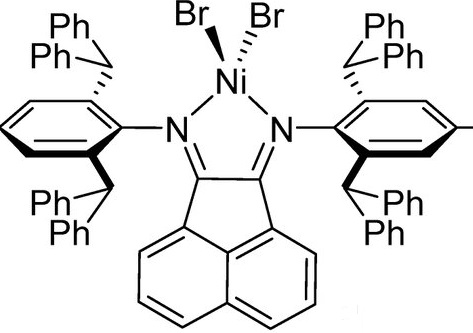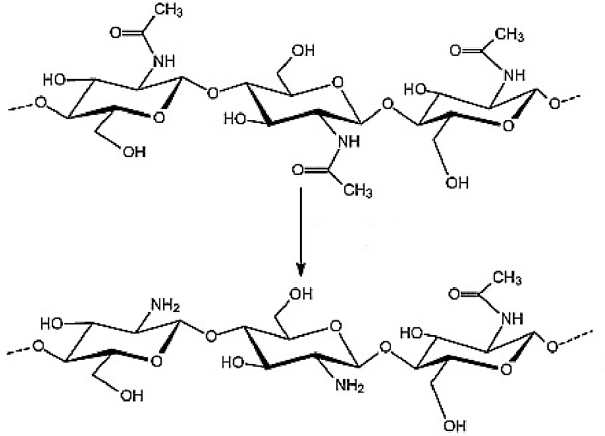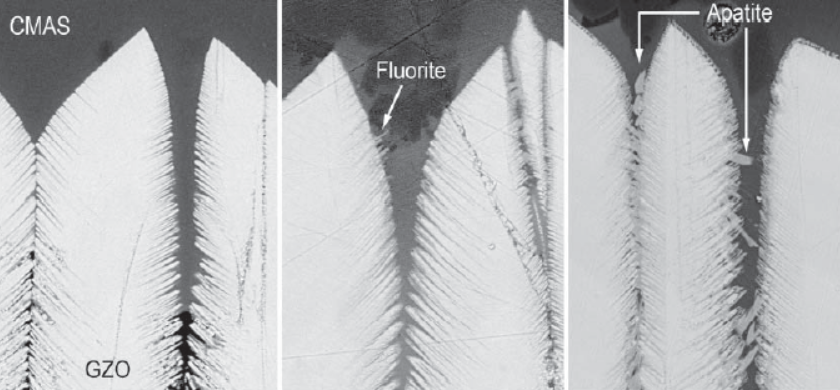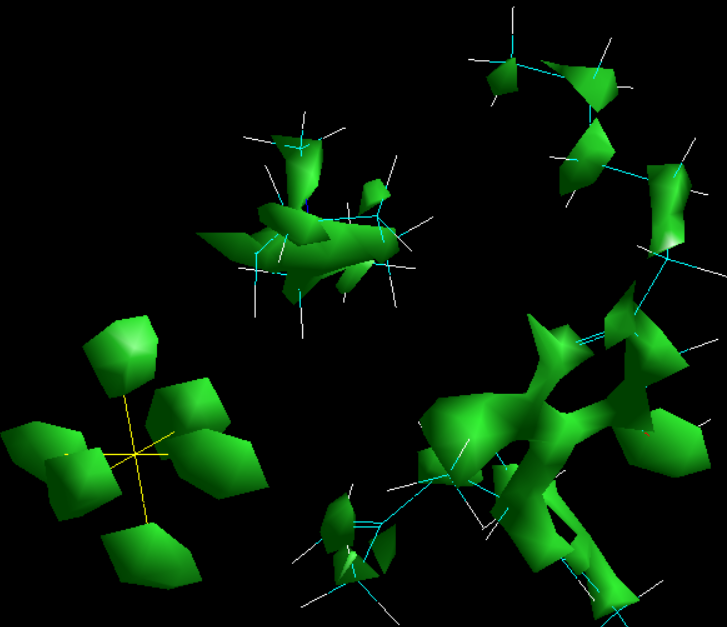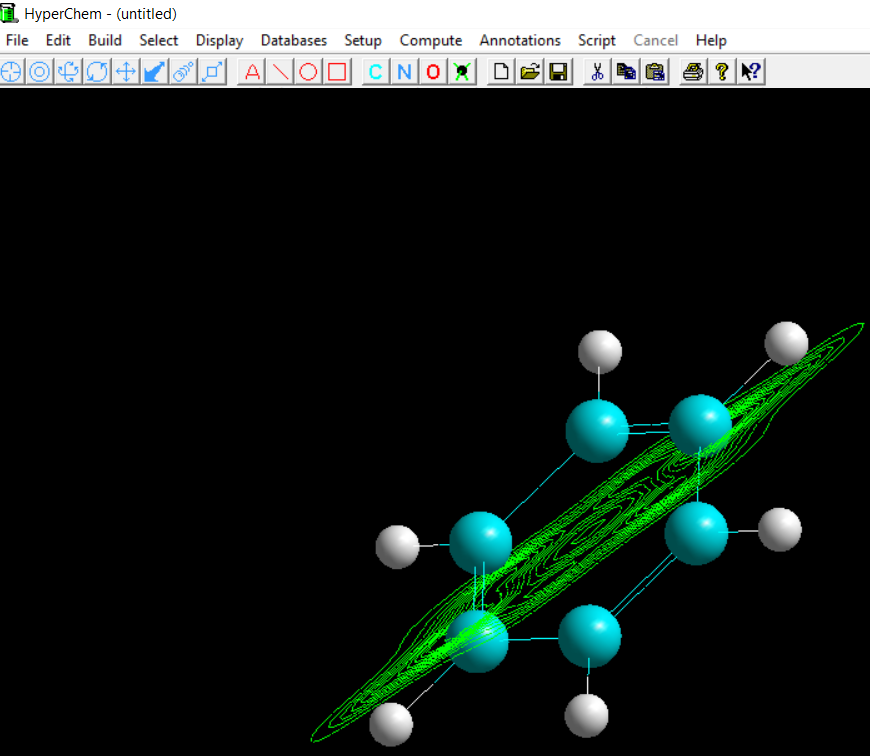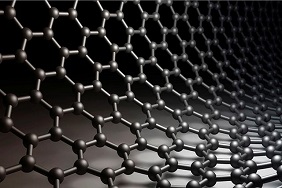
Polymers classification
The basic classification of polymers is based on their origin, and two major categories are identified: natural and synthetic ones. Natural polymers are found in nature and their structures are commonly more complicated than synthetics’ structures. Their greatest advantages include their biodegradability and their abundance. Synthetic polymers on the other hand are man made from crude oil and similar sources. Most synthetic polymers are not biodegradable although progress has been made towards manufacturing of biodegradable or partially degradable synthetic polymers in the last decade. Synthetic polymers can be tailored to reach any set of mechanical, thermal, chemical and physical properties via synthetic approaches and their raw material is quite cheap.

